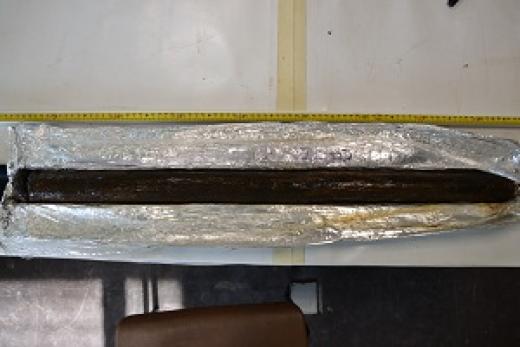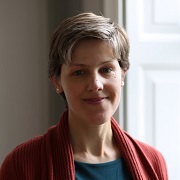
‘That should be the last email to a student before the Autumn exams begin’ I thought to myself as I hit the ‘send’ button. Mid-July is here and, although teaching-related emails have not stopped completely, they are far fewer than during the teaching-year. As chair of the DCU BA Joint Honours programme, I have the privilege of being in contact with over 1300 undergraduate students who are studying on the programme. That, in addition to teaching elements of the Geography undergraduate programme and teaching on the MA in History, means that during the year any research is done in hours ringfenced for it (sometimes ringfenced with difficulty), in between other duties that the life of an academic involves. Being able to multi-task is important to an academic – the ability to switch attention from one task to another very different one, and to complete each task within the time available, is key to succeeding and to not feeling overwhelmed. Multi-tasking is my daily challenge.
Then July comes along, and the balance changes. The pressures of teaching reduce (they never vanish completely) and the administration reduces proportionally. The space for research opens up. I currently have four (or is that five?) projects on the go. This week I focused on two of them. The first was finishing off a brief chapter on some nineteenth century geologists who contributed to our understanding of the glaciation of the Irish landscape.
The second was the chance to meet up with members of the research team who are looking at the environmental reconstruction of south-east Ireland. My involvement centres around a 7 metre long sediment core, that I retrieved with the help of some NUIG geography colleagues, from the centre of Lough Cullin, county Kilkenny, a number of years ago. The sediments within the core have been dated, we have carried out pollen analysis on them, and we have looked at the geochemistry of the entire length of the core. Lakes, especially lakes within confined basins such as Lough Cullin (or Holly lake to the locals) act as recipients into which the streams of an area bring a lot of sediment day in day out, year in year out. .
The sediment carries pollen from the local environment, and the amount of sediment being carried by the streams and deposited in the lake can increase because of certain human and non-human activities within the catchment. Thus, a long sediment core from the centre of a lake can act as an environmental station for that lake over millennia, as well as being a record of human interaction with and impact on the basin. This particular core fits in to a larger project in which I have been involved, called ‘Seeing beyond the Site’, which was funded by the Heritage Council
Each type of analysis on this sediment core needs a different set of skills, and therefore a multi-disciplinary team was assembled. We have all been working away on our own particular set of results for the past while, but as we are based in four different institutions in two jurisdictions, we only had a chance this week to get together in the same room to discuss the results. Colleagues from Glasgow and York got together in Cork with three colleagues from archaeology in UCC and myself from Dublin, and we talked about our findings. It was lovely to see everything matching up, and important to be able to sit around the one table to talk with colleagues, face to face, about the results (previous meetings have been held by Skype, but there’s nothing like being in the same room). Importantly, we also could talk about the ‘why’ of what we were seeing, what does all of this mean for our knowledge of human occupation of south-eastern Ireland in the past. This type of meeting is only possible because we have the time to travel. We all came away from the meeting excited about the contribution that this site can make to our understanding of human impact on the landscape of south-eastern Ireland over the past 8000 years or so. Understanding the changing climatic conditions over this period, and how both the landscape and humans reacted to these, can also help us prepare for future climate change.
Leaving that meeting I was filled with enthusiasm for what it is that we do as researchers and academics – aiming to understand the world around us, and transmit this to our peers and the wider public. In turn, this feeds into what we teach.
So, now to complete what I said I would do at the meeting in Cork…


